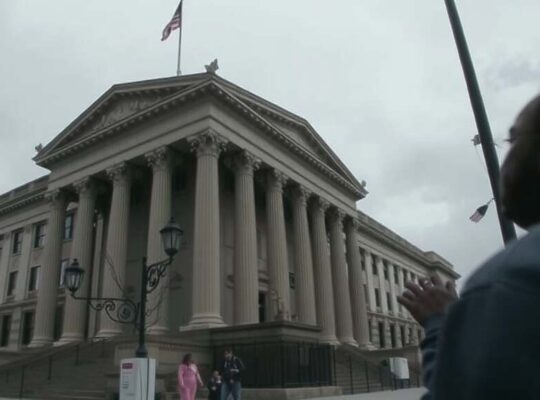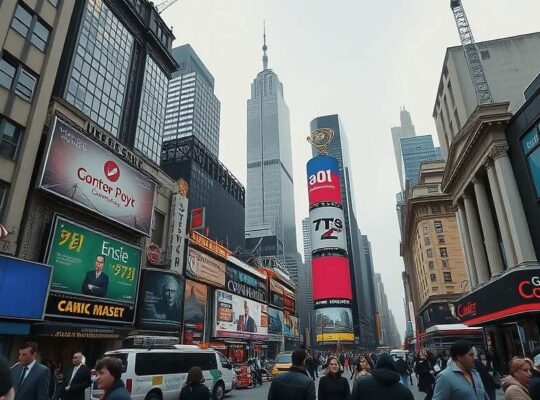Market Volatility Deepens Amid Government Gridlock and Speculation Concerns
US equity markets experienced a significant downturn Tuesday, reflecting growing anxieties surrounding potential asset bubbles and the ongoing political impasse in Washington. The Dow Jones Industrial Average closed at 47,085 points, marking a 0.5% decrease from the previous trading day. The broader S&P 500 fell 1.2% to approximately 6,772 points, while the Nasdaq 100 plummeted 2.1% to around 25,436 points.
The declines follow increasing warnings of a speculative bubble reminiscent of the early 2000s, raising concerns about inflated valuations across various sectors. The pervasive climate of unease is exacerbated by the continuing US government shutdown, which is now impacting vital infrastructure and services.
Transportation Secretary Sean Duffy issued a stark warning regarding the potential for widespread disruption to air travel. He alluded to a scenario where the budgetary stalemate could necessitate localized airspace closures, sparking fears of cascading economic consequences and damage to the nation’s reputation. The government’s inability to manage its finances is becoming a significant drag on investor confidence and further contributing to market instability.
The euro weakened against the dollar, trading at $1.1481, highlighting the ripple effects of US political turmoil extending to international currency markets. This relative weakness adds another layer of complexity to the global economic landscape.
Safe-haven assets also felt the pressure. Gold prices experienced a notable decline, slipping to $3,936 per fine ounce, representing a 1.5% decrease. Similarly, crude oil prices fell to $64.29 a barrel of Brent, a 0.9% drop suggesting weakening demand and adding to the overall pessimistic market sentiment.
Analysts are now closely monitoring the government’s response to the budget crisis, with expectations that a resolution is critical to stabilizing markets and preventing further erosion of investor trust. The current situation underscores the vulnerability of the US economy to political dysfunction and highlights the interconnectivity of financial markets on a global scale.












